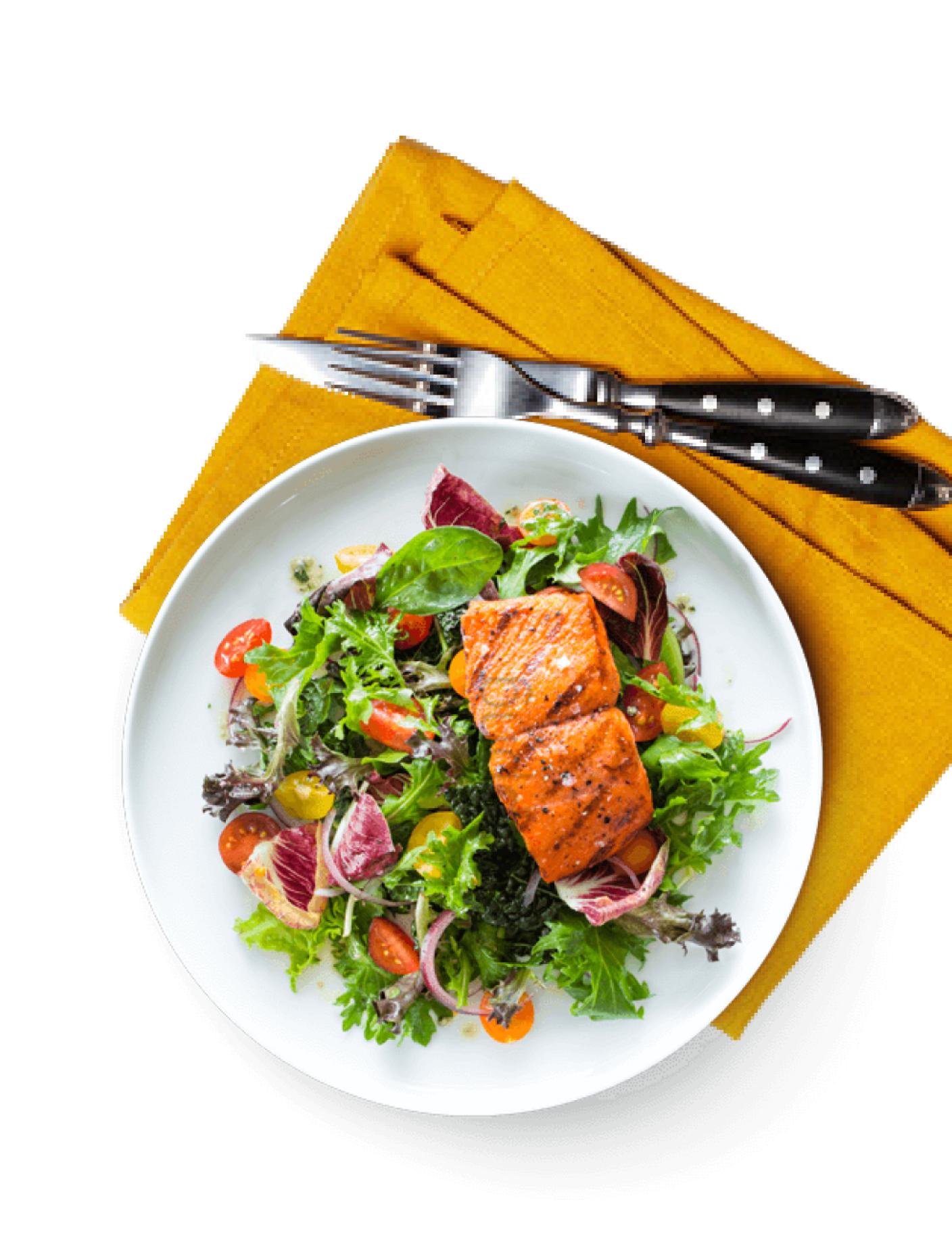When you have the right tools, cooking is quicker, faster, and safer, but with so many different types of knives on the market, selecting one that meets your needs can be difficult. It's all too easy to buy a bunch of specialized knives you'll never use if you don't have the appropriate information, which means you'll end up with a bunch of useless knives kept at the back of your kitchen drawer. To make matters even more complicated, knife naming rules can be perplexing, with several different names for the same type of cutting tool. To help you make sense of it all, we've put together a guide to each type of knife and its applications, as well as recommendations for which one is ideal for particular culinary chores. So, whether you're a novice chef or a professional, this guide will teach you everything you need to know about knives.
The name says it all, chef's knife is one of the most versatile and frequently used kitchen utensils. This is something that any skilled chef will tell you is a must-have. It's perfect for chopping and dicing fruits, veggies, and herbs. As well as meat, poultry, and fish, you can cut a range of other ingredients. The blade is normally 8 to 10 inches long and has a circular point. The more at ease you are with the weight and balance, the faster you can slice, dice, and julienne vegetables for your meals. Avoid using it to peel small items, it's too big to be handled. Be careful while working with it.
 Image credit: PexelsParing Knife
Image credit: PexelsParing KnifeA paring knife is a smaller version of a chef's knife that should be used for activities that require more precision. Apply caution when cutting hard vegetables with this knife because its small weight may cause you to use excessive force. Peeling, mincing, and precise cutting are all made easier using paring knives. It's great for small or tender vegetables and fruits like strawberries, garlic, ginger, and shallots, but not for tougher veggies like squash, carrots or beets.
Utility Knife
Utility knives can be used for a variety of tasks. The blade is narrower than a chef's knife and longer than a paring knife. They're ideal for cutting and slicing small to medium-sized veggies and meat parts. A sharpened utility knife is also useful for slicing sandwiches. When peeling fruit and vegetables, a straight-blade utility knife is useful, however paring knives are occasionally preferable. It's a convenient go-to for the everyday chef.
 Image credit: Pexels
Image credit: Pexels



